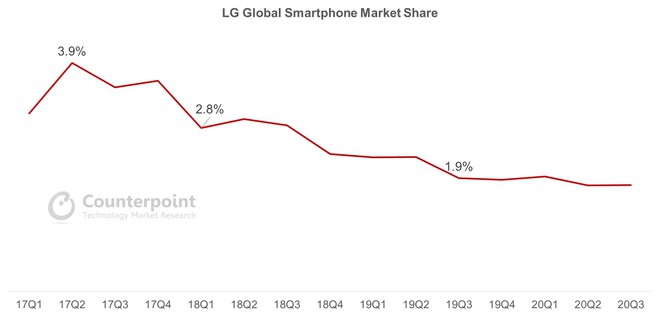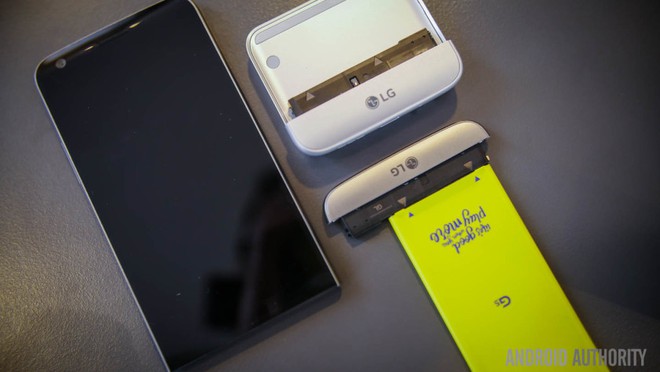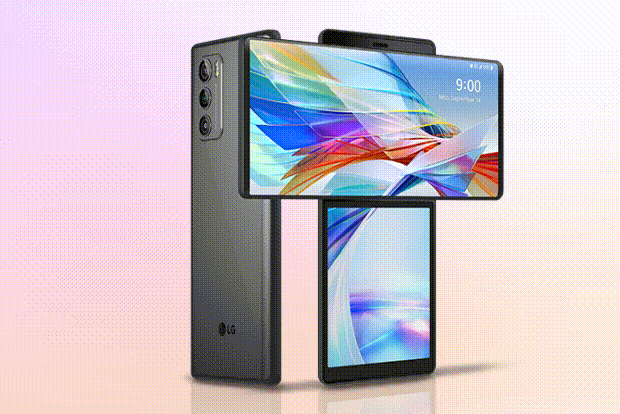What made LG give up on the smartphone market?
- Tram Ho
On April 5, LG Electronics announced the closure of the mobile division, completed by July 31 this year. As such, LG is the first major brand to give up on the market altogether. The decision marked the end of the mobile business since 1995 when LG was LG Information & Communications. The division later merged with LG Electronics in 2000.
LG used to be the world’s third largest handset maker. In 2009, before the smartphone market started to take off, LG sold nearly 120 million feature phones. In 2010, LG entered the smartphone market with the launch of Optimus running Android. Even though it was slower than Apple and Samsung, LG opted for Microsoft’s Windows Mobile operating system instead of Google Android. That makes many users turn away from the company.

However, LG successfully returned to the G-series smartphone in 2013, competing with the best-selling Samsung Galaxy S. G3 and G4 series to help LG’s market share grow. G3 sales reached 10 million units in the first 11 months of sales. Even, it was named the best smartphone at MWC 2015. LG could not keep up with the LG G4. While competitors in the same year used the Snapdragon 810, LG still uses the Snapdragon 808.
Not only that, a few months later, a series of reports of bootloop errors on the G4 appeared, forcing LG to recall the defective product and repair it for free. Unfortunately, the repaired machines still have this problem. This is when the relationship between the user and LG deteriorates.
However, the prototype G5 experimented with a assembled design that didn’t appeal to users as expected, and LG slipped away from here. LG introduced the G6 in the hope of correcting the mistake but repeating the “deadly” mistake of the G4. When every smartphone in the same segment uses the Snapdragon 835, the LG G6 is alone when choosing the old Snapdragon 821 chip.
 Market share of LG smartphones from 2017 to the third quarter of 2020. (Photo: Counterpoint) |
| LG’s market share fell consecutively after reaching 4% of the global market share in the second quarter of 2017. From the third quarter of 2019, the company only holds less than 2% of the world’s smartphone market share. |
In addition to assembled smartphones, LG continues to release other experimental smartphones such as the V50 ThinQ (May 2019) and LG Wing (October 2020). Not only did LG not regain market share, it also reduced profits, leading to lower investment costs in new products.
Some companies just make mistakes in hardware or software, but LG has a “combo”. LG has the ability to invest heavily in software to upgrade regularly and on time, but do the opposite, behind competitors. The company set up a separate center to help speed up updates, but in the end it was a complete waste of time and resources. LG UX interface does not have many features compared to One UI, MIUI …
Adding salt to the wound is LG’s overpricing of the product. Despite the poor software experience, the hardware is not attracting the majority, the LG device is still priced on par with the Galaxy S and Galaxy Note.
 The LG G5’s docking design is unpopular. (Photo: Android Authority) |
| Ultimately, the main cause of the collapse of LG’s mobile division is the lack of a marketing strategy. Samsung, Xiaomi, Oppo often open up about products on social networks, connect closely with users on forums, while LG does not. LG received neither positive nor negative reactions – something that was not beneficial from a media standpoint. |
North America and Latin America are the two most important markets, accounting for more than 80% of LG’s smartphone sales. According to research firm Counterpoint, LG’s market share in the US decreased from 16% in 2018 to 12% in the third quarter of 2020, and in Latin America decreased from 8% to 4% in the same period. The company faces fierce competition from brands such as Alcatel and Motorola, while Samsung Galaxy A leads the way with a marked gap.
LG’s models under $ 150 accounted for 64% of total sales in the quarter, up 5% from two years earlier. Sales of high-end models decreased, resulting in lower profits. Over the past five years, LG’s smartphone division has lost more than $ 4 billion due to not catching up with Samsung, Apple, and Huawei.
 LG had high hopes in the LG Wing but was unsuccessful. (Photo: LG) |
| According to Counterpoint, key factors contributing to LG’s consideration of shutting down its smartphone division were: poor sales compared to other divisions like home appliances; Wing and Velvet were disappointing; Profit did not improve despite applying measures such as transferring production to Vietnam, restructuring product portfolio. |
The fate of LG smartphones would have been different if they posed and solved one of three questions: focus on online distribution strategy (similar to Realme); developing reasonably priced product with sales target of 10 million units (similar to OnePlus) instead of a high-priced prototype; targeting the affordable to mid-end segment (similar to Honor) instead of high-end smartphones.
LG’s decision to abandon the smartphone market seems to have been welcomed by investors and analysts. Since the beginning of 2021, when there were signs that LG wanted to retreat, its shares had risen 25% in two days. Experts believe the plan will help the company transform itself into a stronger player, focusing on home appliances, electric car components and robots.
According to analysts, LG’s operating profit could reach 1 trillion won this year after discontinuing the smartphone business. LG said that in the short term, its revenue will decrease, but in the long run, its financial position and management efficiency will improve.
synthetic
Source : Genk
